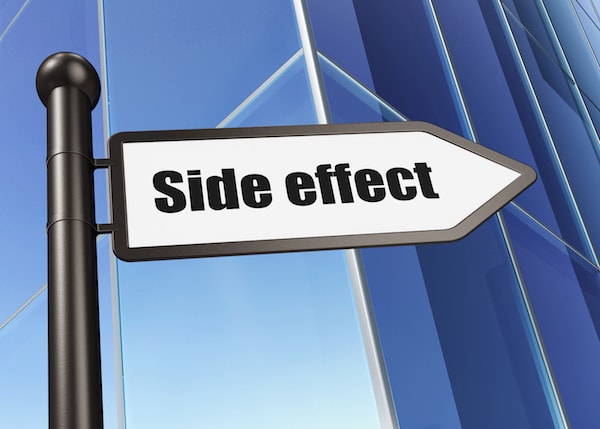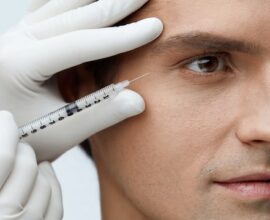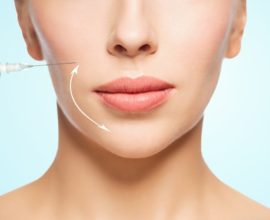Do Fillers Have Side Effects?
Dermal fillers can easily be injected beneath the skin to plump up the region and providing a more rejuvenated look. There are many different types of fillers with different consistencies. Dermal fillers can be used to soften deep creases such as the nasolabial folds or creases alongside the mouth. They can also reduce fine lines, fill-in acne depressions and restore volume to areas that have thinned out due to the natural effects of aging. The cheeks, undereye and temples may appear hallowed out which can cause a person to look older and/or tired. Dermal fillers can also be used to create a better definition at the cheekbones or lips. While fillers are considered very safe and effective, there are some short and long-term side effects involved in using them.
 Common Side Effects
Common Side Effects
Most side effects from dermal fillers will occur shortly after the injection and subside on their own within the first few hours. Common side effects may include:
- Redness
- Bruising
- Bleeding
- Tenderness
- Itchiness
- Rashes
- Swelling
- Acne outbreaks
Less Common Side Effects
Many types of filler are made of hyaluronic acid (HA) which naturally occurs in the human body. Therefore, the risk of an allergic reaction is small. Nevertheless, the risk of an adverse reaction to the filler is a possibility. Certain dermal fillers, including bovine-derived collagen or others that use animal material, require an allergy test prior to injection to rule out the chance of an allergic reaction. Other less common side effects may include:
- An infection or sore at the injection site
- Nodules or granulomas (raised bumps that are in or under the skin
- Necrosis (tissue death)
Rare Side Effects
While the following side effects are rare, the FDA says they can occur:
- The filler material can cause damage to the skin and lips
- Fillers may leak or rupture at the injection site
- The filler may form hard nodules in the hands or face which become permanent
- The filler material may migrate from the injection site, or enter into the blood supply, and cause a stroke
- When injected under the eyes, the plastic surgeon must be cautious not to inject it into the blood stream or it can cause vision abnormalities or blindness
Only Use Fillers in Approved Areas
According to the FDA, certain dermal fillers are only safe to be used in a particular area of the body and should never be used elsewhere. Using dermal fillers as they are not intended can lead to additional side effects and increased risks. Dermal fillers should not be used in the feet, breasts or buttocks. They should also not be used to augment the muscles, ligaments or tendons.
SP



